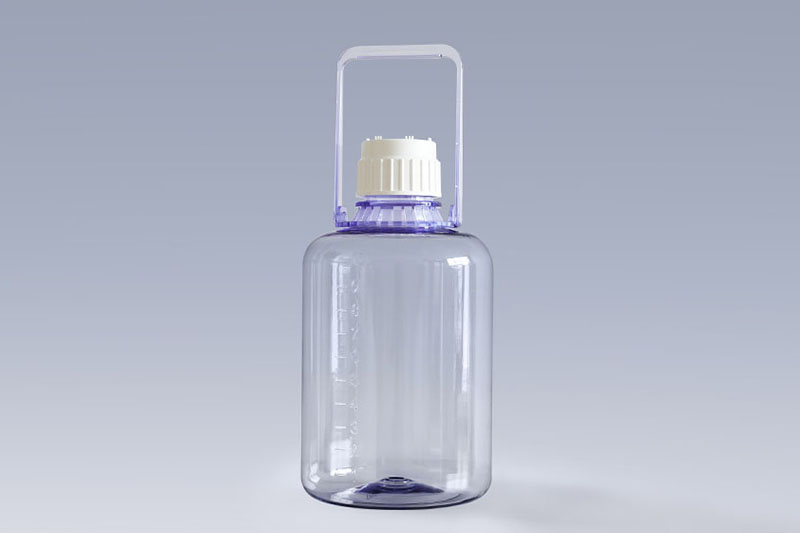Two commonly used materials for carboys
In biological experiments, the processing and preservation of some liquids are often involved. Carboys are ideal for storing sterile liquids, distributing solutions and culture media. The commonly used specifications are mainly 10L and 20L. The material of this container are two main types: PP (polypropylene) and PC (polycarbonate).
Polypropylene: It is a polymer formed by the addition polymerization reaction of propylene. The operating temperature range is -30~140℃. It can resist the corrosion of acids, alkalis, salt liquids and various organic solvents below 80℃, and can decompose under high temperature and oxidation. Polypropylene is a thermoplastic synthetic resin with excellent properties. It is a colorless, translucent thermoplastic lightweight general-purpose plastic with chemical resistance, heat resistance, electrical insulation, high-strength mechanical properties and good high-wear resistance processing properties.
Polycarbonate: The liquid storage tank made of this material has higher transparency. The material has high strength and elastic coefficient, high impact strength, good fatigue resistance, good dimensional stability, and small creep (very few changes under high temperature conditions). ), high transparency and free dyeability; wide operating temperature range, the enhanced UL temperature index reaches 120~140℃.
The above are two commonly used materials and characteristics of carboys. Both materials can be sterilized by high temperature and high pressure. The difference is that PC has better transparency, while PP material is more durable and reusable than PC material, saving experiments cost.

评论
发表评论